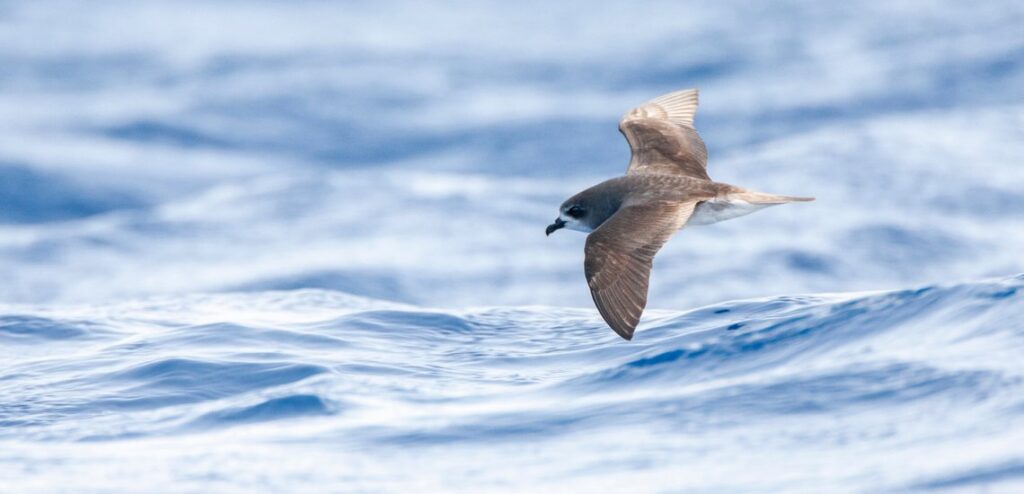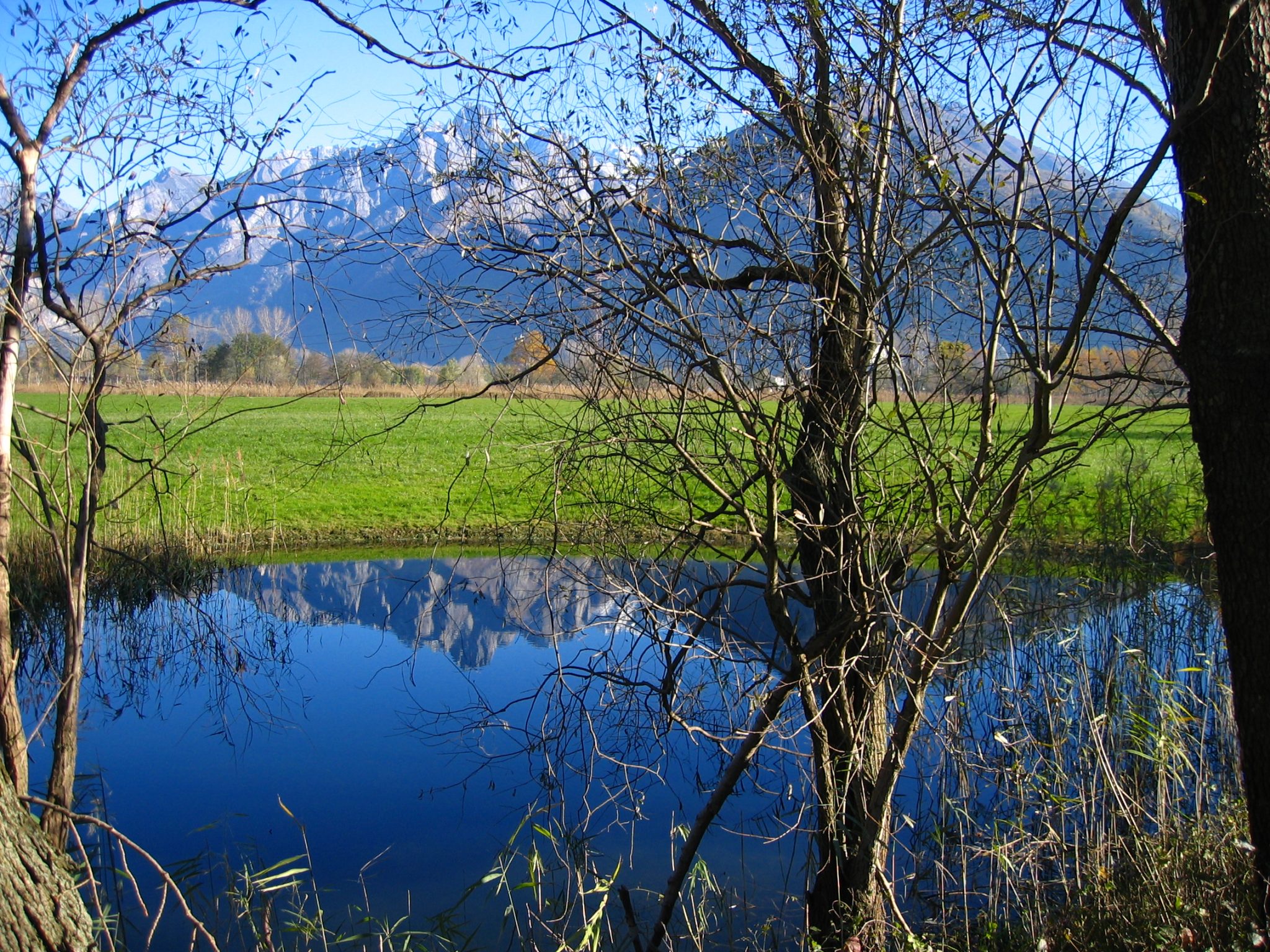Secluded seabird haven discovered in the North Atlantic soon to become a Marine Protected Area

Right now, 15 governments and the EU are working towards designating a Marine Protected Area approximately the same size of France in the North Atlantic. As it is in the high seas, this site is an area beyond national jurisdiction. A detailed management plan must be implemented and enforced to protect this area rich in marine biodiversity.
By BirdLife Europe and Central Asia
The name of the area is NACES – the North Atlantic Current and Evlanov Seamount – Marine Protected Area.
This major seabird hotspot has been discovered through a huge collaborative effort led by BirdLife International. Using tracking, phenology, and population data, BirdLife mapped the abundance and diversity of 21 seabird species. This revealed a major hotspot used annually by 2.9–5 million seabirds from more than 56 colonies across the North and South Atlantic, making this one of the most important concentrations of migratory seabirds in the Atlantic and the first discovery of seabird concentrations of this magnitude ever documented on the high seas.
This is the first time that a Marine Protected Area in the high seas will be designated based on tracking data.
Protection of the NACES Marine Protected Area is needed to ensure current and future uses do not compromise the biodiversity and ecosystem processes supported by the site. By turning this site into a Marine Protected Area, it can be protected by being disrupted by human activities at sea.
The seafloor within NACES comprises a wide range of biotopes and the site is characterised by a complex array of bathymetric features, including abyssal plains, ridges, canyons, and seamounts – including the Evlanov seamount from which the site gets its name.
BirdLife is calling for the full protection of this area, from seafloor to sea-surface, to safeguard the biodiversity and ecosystem processes that the site supports. A management plan detailing the conservation measures for the area must be developed following its designation, in order to implement and enforce appropriate conservation measures.
Globally, seabirds have declined by 70% in the last 50 years and are currently the most threatened group of birds in the world. Five globally threatened species depend on this area for their survival: the endangered Bermuda Petrel (Pterodroma cahow), and Zino’s Petrel (Pterodroma madeira), as well as the Desertas Petrel (Pterodroma deserta), Black-legged Kittiwake (Rissa tridactyla), and the Atlantic Puffin (Fratercula arctica) which are classed as Vulnerable and have rapidly declining populations.
The proposal for the NACES Marine Protected Area started in 2016, with a workshop led by BirdLife International for seabird experts. This led to a huge effort to gather all available seabird tracking data for the North Atlantic and created a robust dataset for the analysis that ultimately led to the identification of the NACES Marine Protected Area. The identified seabird hotspot was then proposed to OSPAR1 and since that time it has undergone scrutiny and revisions for the last four years, before finally making over the finish line.
1.OSPAR is the mechanism by which 15 Governments & the EU cooperate to protect the marine environment of the North-East Atlantic.
Related news
Stay up to date
Sign up to receive the latest bird conservation news. You’ll also receive updates about our projects, science and other ways to get involved including fundraising.
Thank you for your support, we are committed to protecting your personal information and privacy. For more information on how we use your data, please see our Privacy Policy. You can unsubscribe from emails at any time by using the link in the footer of any email from us.




